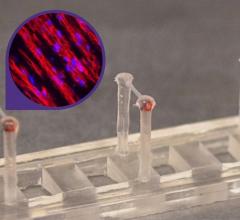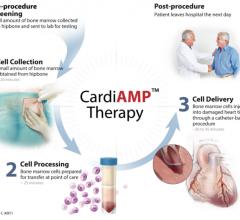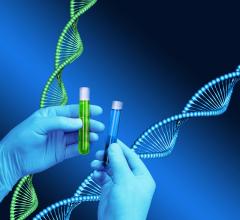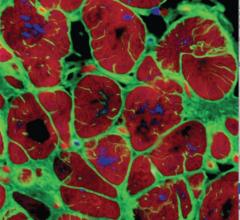April 15, 2008 - Researchers at the University of North Carolina at Chapel Hill's School of Medicine have shown some heart cells in response to one signal will act, while others lie in wait, countering the belief that precursor cells all respond to the same cue before turning into the muscle tissue of this vital organ.
The discovery, made in frogs, or Xenopus, may lead to advances in understanding - and ultimately treating - congenital heart disease and heart attacks.
"This is profoundly important work," said Cam Patterson, M.D., professor of medicine, chair of cardiology and director of the Carolina Cardiovascular Biology Center. "Not only does it tell us about how stem cells differentiate to create the heart, but it provides us with knowledge that may very well help us to repair heart muscle after a heart attack."
The study appears in the online issue of the journal Developmental Cell. It will be published in the print edition of the journal April 15.
To investigate the development of the heart, the researchers focused on a gene - called CASTOR - that has been implicated in stem cell differentiation in the fruit fly. Here, they manipulated the gene in a different organism - frogs.
"The study of the heart has its longest history in frogs. In fact, most of what we know about heart development has been learned in frogs," said Frank Conlon, Ph.D., assistant professor of genetics in the UNC School of Medicine and senior author of the study.
First, Conlon and colleagues used small strings of nucleotides, or oligonucleotides, to mask the portions of genetic material that call for the assembly of the CASTOR protein in frogs. Once CASTOR was depleted in the frog embryos, the scientists watched to see how the heart would develop.
What they discovered was contrary to all previous notions of heart development. Instead of all the cells differentiating in harmony, a small subset of cells at the base of the heart remained in a state of infancy. When the researchers mapped the fate of these infant cells, or progenitors, they found that they normally would have given rise to the outer walls of ventricles of the adult heart.
This finding has ramifications for the use of progenitor cells for therapy, in which cells would be transplanted into the area of the organ injured by a heart attack in order to create healthy tissue. The problem is that the idea, while still theoretical, is based on all progenitors being the same.
"What we have found is that this belief simply isn't true," Conlon said. "Instead, there appear to be at least two types of progenitors, and we think there may be many more."
In order to identify which subsets of cells would be the most appropriate for treating a heart attack, scientists must figure out just how many different types of heart cell progenitors exist in the first place. Conlon is trying to do just that, by manipulating other genes in addition to CASTOR. He also hopes to verify his findings in an intermediary organism, such as a mouse model, before searching for genetic counterparts in humans.
For more information: www.unc.edu


 November 19, 2021
November 19, 2021 









